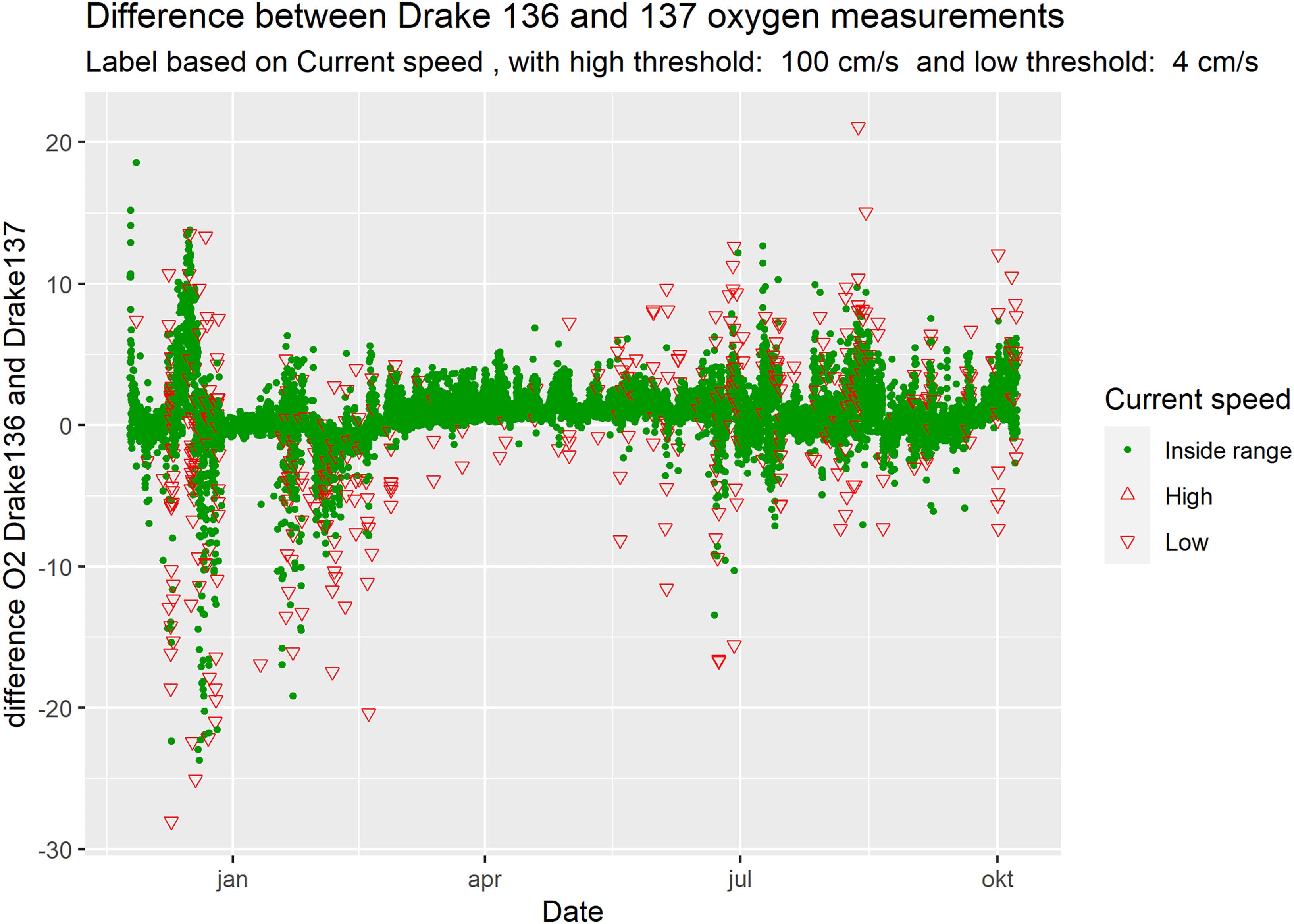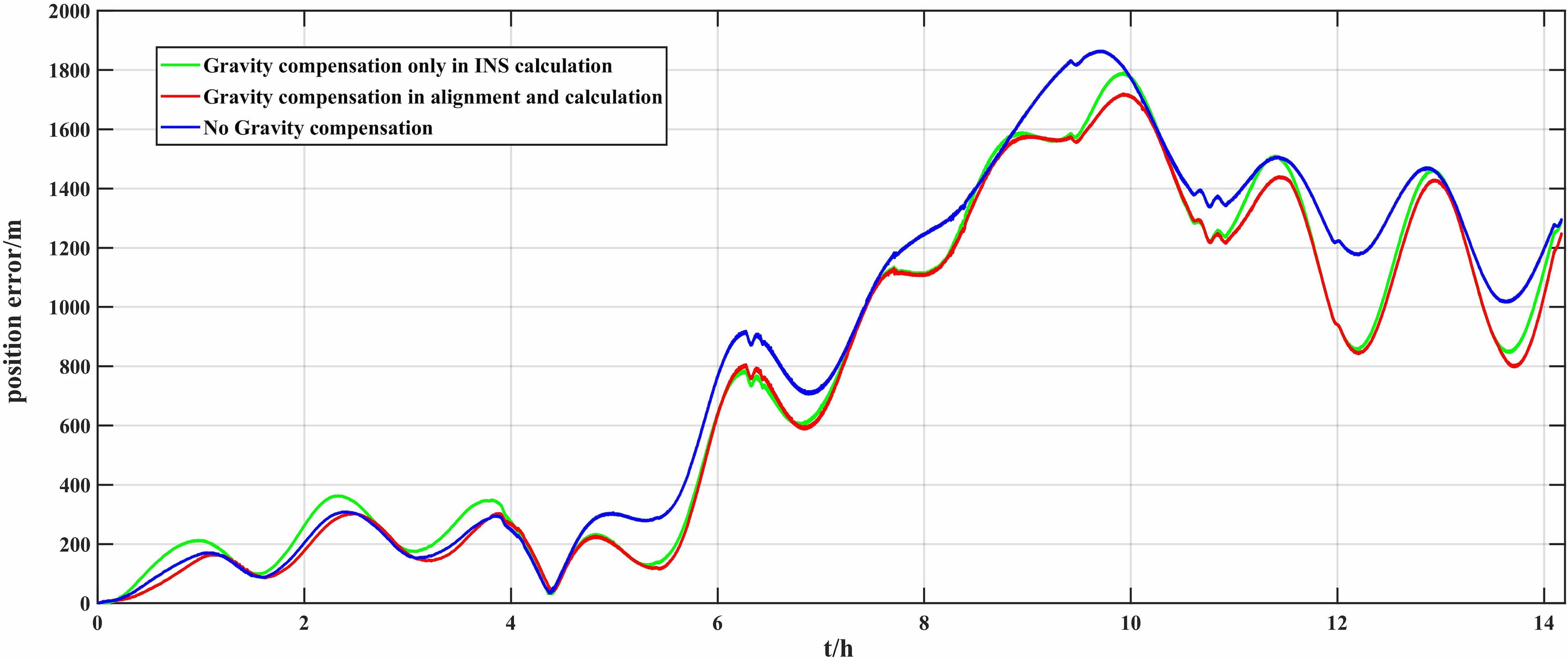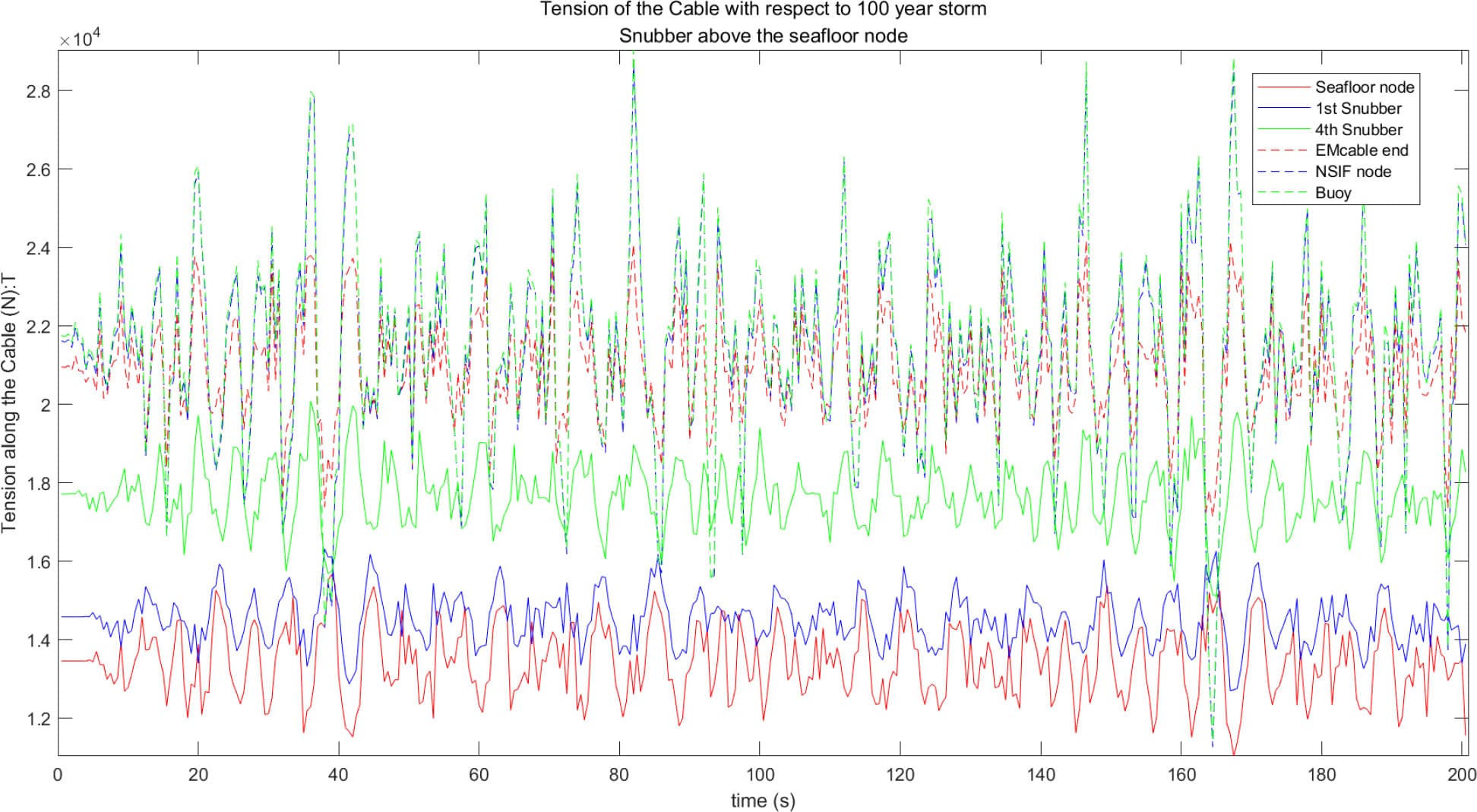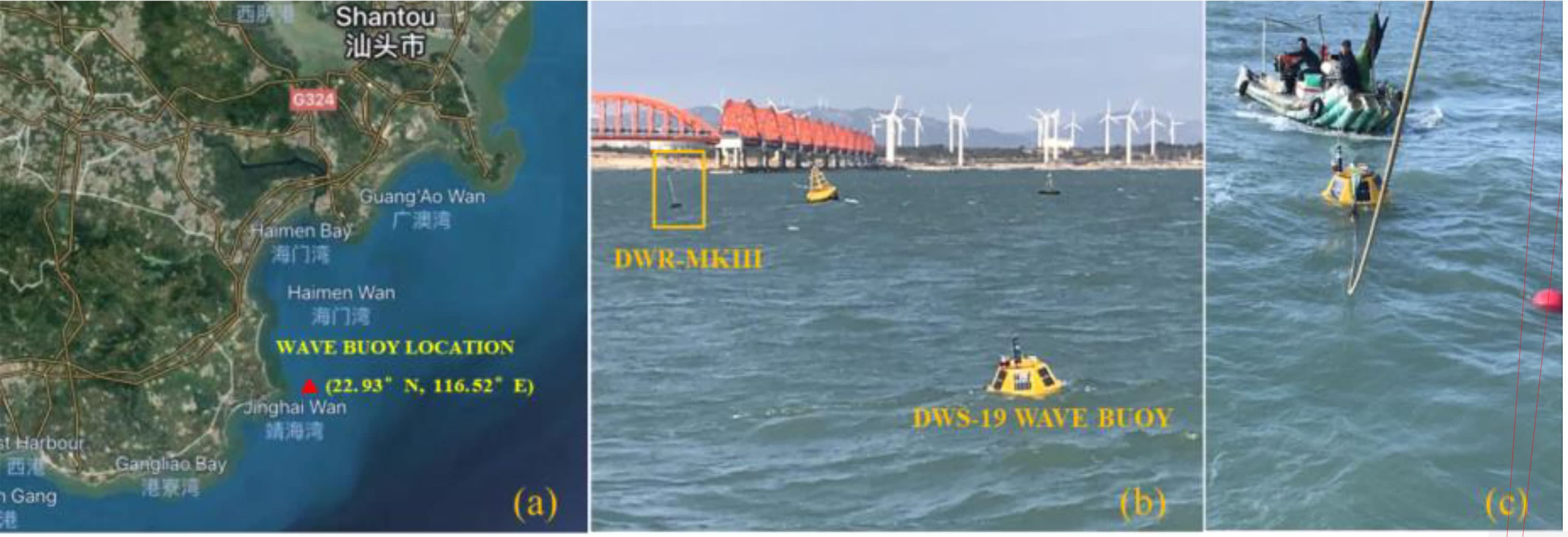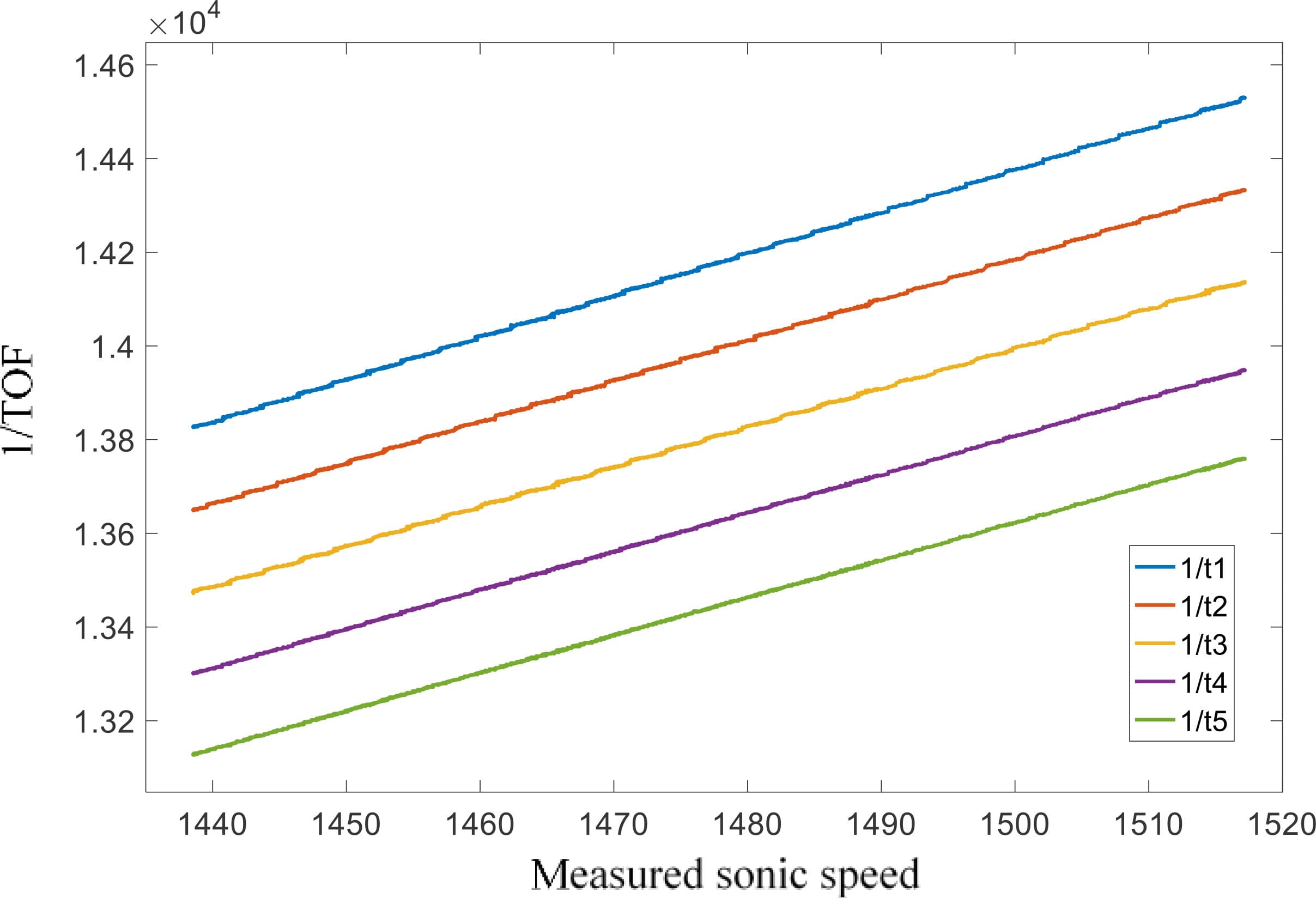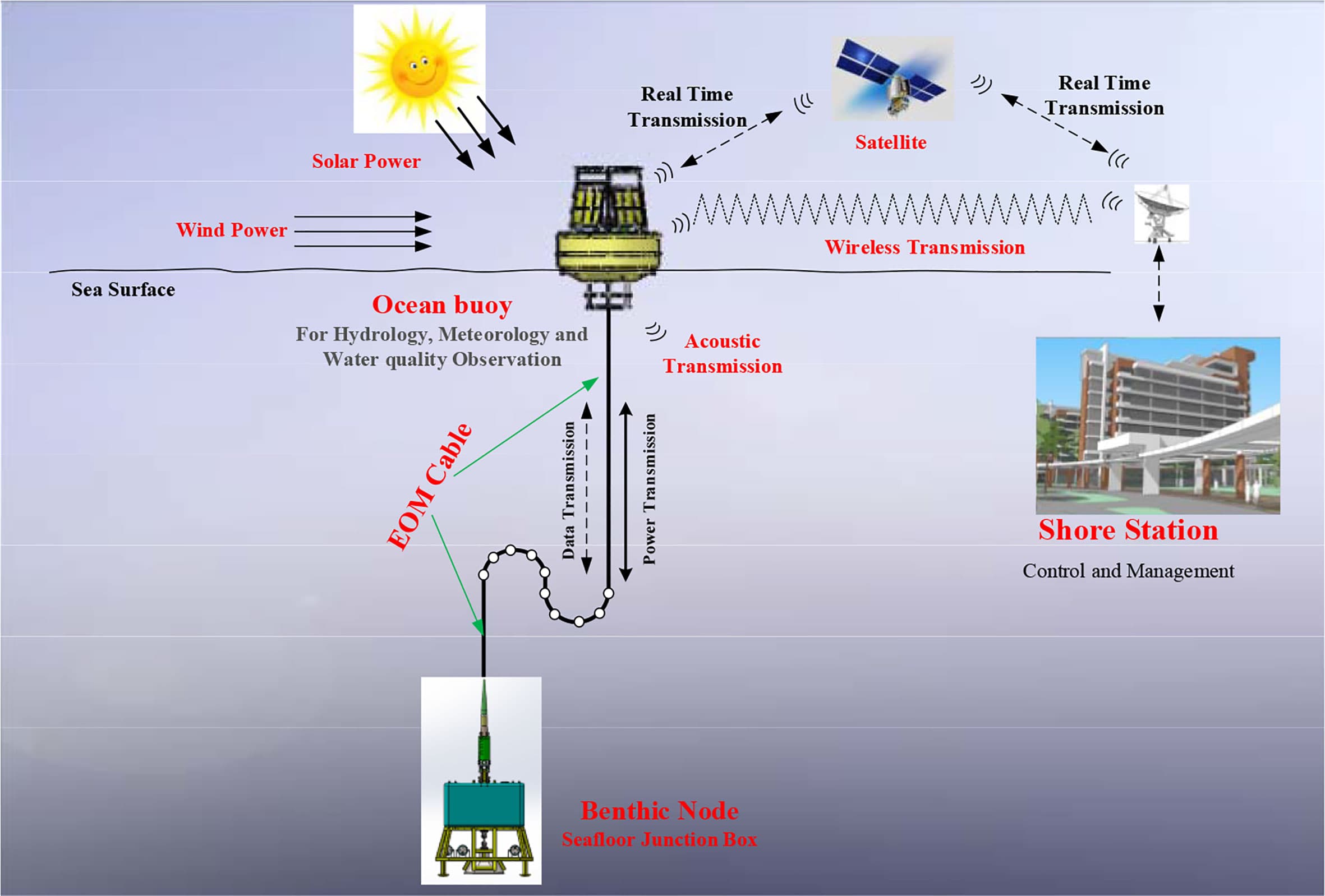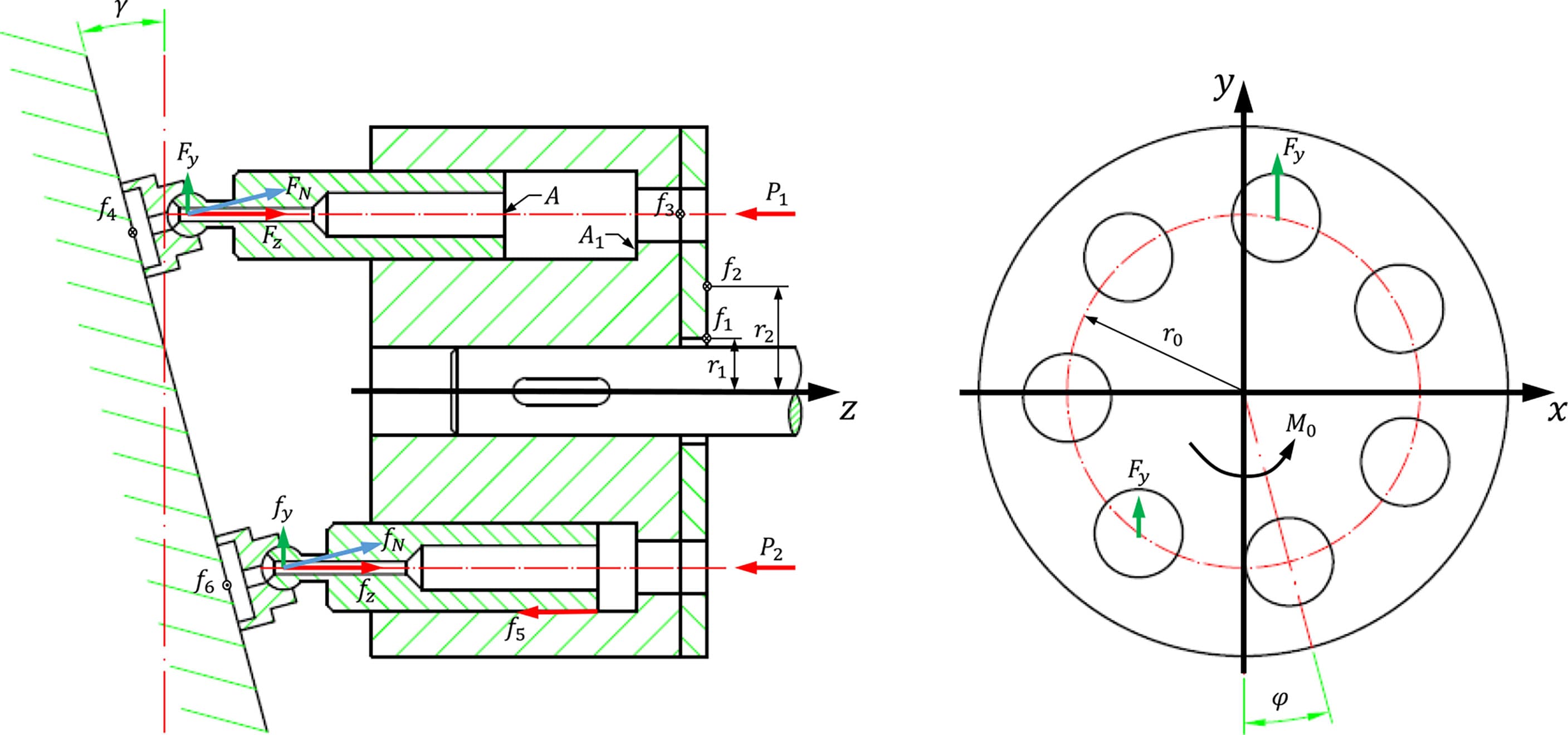At present, contact watertight connectors are commonly utilized for the connection between underwater electromechanical equipment and the seabed observation network. Such traditional watertight connectors are easy to be irreversibly worn when plugging and unplugging, however, they have complicated sealing structures and limited service life. This paper designs a Non-contact Wet Mateable connector for Optical Communication and Power Transmission (OCPT-NWMC), which is based on technology of Contactless Power Transmission (CLPT) and optical communication. Docking structure of the sockets and plugs are designed, facilitating Remotely Operated Vehicle (ROV) to operate. A prototype of the OCPT-NWMC was established. The experimental results show that the connector designed can achieve 200W power transmission, with a maximum power transmission efficiency of 94%. The communication bandwidth reaches 18MHz. The OCPT-NWMC can assist the rapid and safe deployment and operation of seabed observation network.
Evaporation ducts are a phenomenon that occurs with extremely high frequency at the boundary between the atmosphere and the ocean. Because they directly affect the propagation of electromagnetic waves, it is necessary to study their various characteristics. Since it is difficult to conduct large-scale observations at sea, many researchers use reanalysis data for this task instead of observation data. However, there have been no studies verifying accuracy of this analysis method for the diagnosis of evaporation ducts. Therefore, in this work, observations of the low-altitude atmospheric refractivity profile were carried out over the East China Sea on board the research vessel Xiangyanghong 18 in April 2021. First, the differences between different evaporation duct models were examined based on the meteorological and hydrological data obtained at different heights. It was concluded that the diagnostic accuracy of the evaporation duct model is low in stable conditions and a low-wind-speed environment. Under the same conditions, the Naval Postgraduate School (NPS) model showed high diagnostic accuracy when compared with other models. Second, Taylor plots were used to verify the accuracy of the reanalysis data and the observation data. It was concluded that the single-parameter precision of the reanalysis data is relatively high, and there were strong correlations with the observation data. Finally, the observation and reanalysis data were used to compare and analyze the false-report rate, the missing-report rate, and the accuracy of the diagnosed evaporation duct height using the NPS model. The false-report rate and missing-report rate were found to be 1.93% and 1.52%, respectively. The average diagnosis deviation was 3.34 m. The Pearson correlation coefficient was found to be close to 1. The results indicate that it is basically feasible to analyze the characteristics of evaporation ducts based on the NPS model using reanalysis data.
Ocean observation system that involves multiple underwater vehicles and seafloor nodes plays an important role in better learning the ocean, where underwater wireless communication is mandatory for massive data interaction. Optical communication that has wide bandwidth and comprehensive working distance is the preferred method compared to acoustic and other methods. However, the presence of directionality makes the optical method difficult to use especially when the transceiver is equipped on a motive vehicle. In this study, an underwater free-space optical communication method of transmitting information is proposed. Characteristics of underwater optical transmission, as well as the photoelectric signal processing and modulation and demodulation algorithms, are studied and modeled. New approach for realizing underwater free-space optical communication is proposed and simulated. A prototype including a free-space optical transmitter and a receiver is developed; tests in different scenarios were carried out, and the results were observed: (1) by using the minimum number of LEDs, the effect of uniform lighting in space is achieved, and the transmitter coverage reaches 160°. (2) When the power of the transmitter is 10 W and the communication rate is 1 Mbps, the maximum communication distance reaches 13 m.

